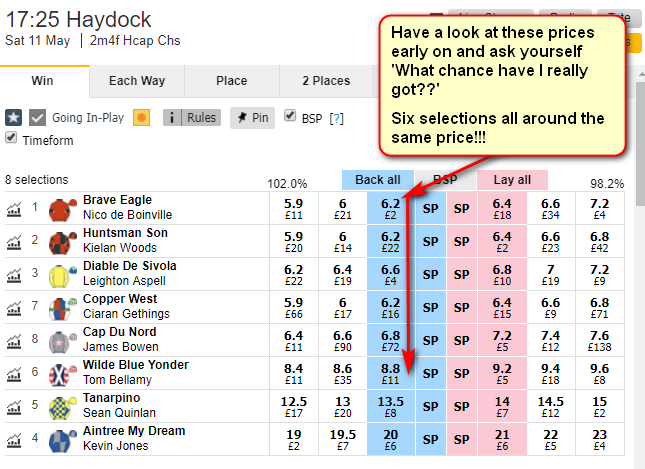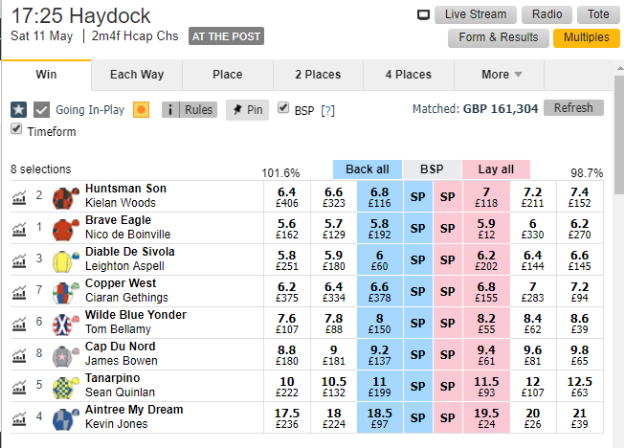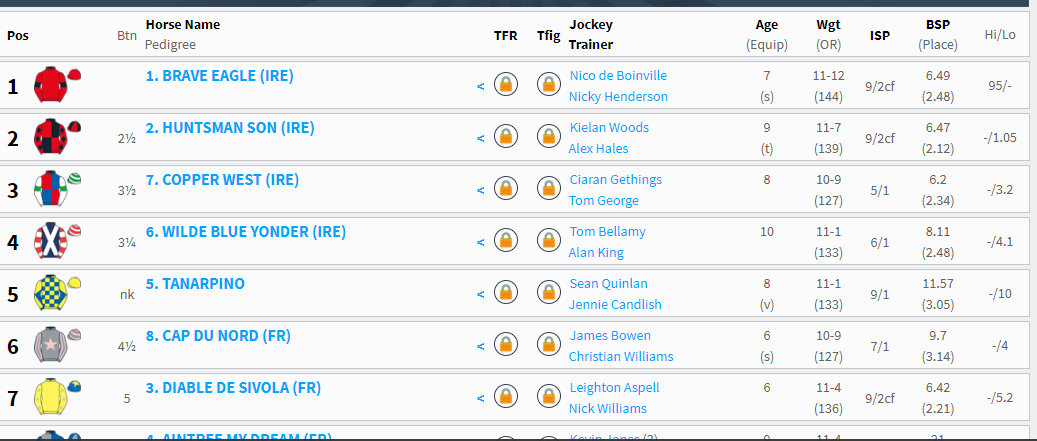When I’m at a loose end I always like to set myself challenges to see if I can find the winner in all sorts of events with many possible outcomes. Why? Well because I’m bonkers and need constant treatment!!
Seriously though, my family have always had this theory – start with the hardest of challenges and then what you originally set out to do will seem a whole lot easier.
Let me explain. I was taught to swim in between the deep and shallow end of my local pool. Then after many struggles and gallons of swallowed chlorine later I managed to hold my own and tread water. I was then introduced to the shallow end which I found a doddle in comparison to where I had learnt. So the initial struggle made the whole process a lot easier than if I were to start in the shallow end and then work up to the deep end. Strange logic but it worked for me! Especially when I then started swimming at school and was months ahead of the others.
It’s a philosophy that I have taken with me through life, cut the hardest part of the lawn first, then you have the easiest bit left to do. I even took it to the gambling arena and always tried to crack the tough races first and then the more reliable type of races proved easier to evaluate in comparison. Try it, it works!
Anyway back to finding the winner in a difficult race…
Below is an ‘8’ runner handicap with the price of six of the runners all around the same mark. Even the two outsiders are not far behind in price, so on paper a real devil of a race to fathom out. But I will give it a go by using my experience of market observation which is possible with Betfair’s markets (The odd market manipulator aside of course).
First off take a screenshot if you can of any race where the odds are all very close together like the one below. Next make sure it has not more than 9 RUNNERS. Take the first screenshot ONE HOUR before the race is due off as below;

Let’s Try & Work This One Out!…
So having taken the first screenshot one hour before the race is due off (as above), you then take another around 10 minutes before the race off time, as below;

Next we line the two screenshots up side by side or just go through each of the runners one by one looking for the following;
1). We check to see which selection out of all the runners has become favourite (if any). It has to be market leader at the time of taking your second screenshot around 10 minutes before the race off time. Don’t worry what happens after.
2). The horse that has moved in price the LEAST in between taking these two screenshots. (In other words remained more or less static).
We then place a 1 point win on each. Put simply, we Dutch the two selections showing the above criteria.
Looking at our example, the second screenshot shows that Brave Eagle has made it to market leader and thus is our first selection.
The one that has remained close to the same price as it was an hour previously is Aintree My Dream. It was priced at 20 early and 10 minutes before the off it’s moved in to 18.5 (A 1.5 pp movement downwards). Now if it was 20 early on and went to 22 for example then it would NOT be counted as it’s drifted in price. So we are looking for the selection that has moved in price the LEAST but has NOT drifted out.
In short, what we are looking for from the two different screenshots taken at different time intervals is;
- Any horse that has now become clear favourite.
- The horse that has moved in price the LEASTbut has NOT So the less movement around its price the better.
On that basis our two selections for dutching are:
- Brave Eagle
- Aintree my Dream
The Result:
Brave Eagle – 1st Betfair SP of 6.49!
Aintree My Dream – Last (But don’t let that put you off as the outsider has its fair share of wins).
So far I’ve bet in 50 races with 20 winners and a Level stake profit of 43pts!
Next, I will work out why this seems to work and if it makes sense then we may have something special on our hands!
Give it a try to very small stakes and see how you get on!

